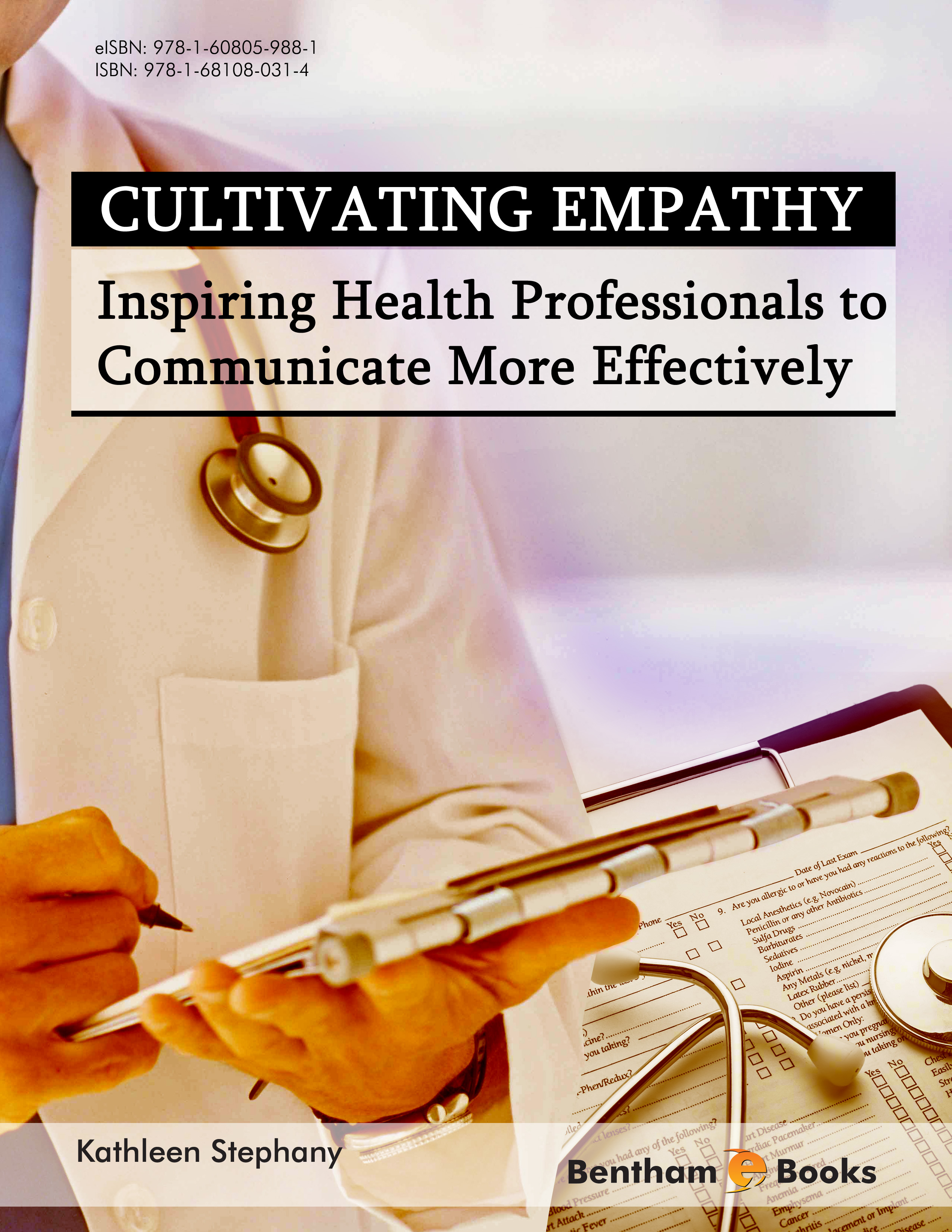Browse Books

A Crisis like No Other. Understanding and Defeating Global Warming Second Edition
Dec 2024
Book
A Crisis Like No Other: Understanding and Defeating Global Warming couples engaging and creative storytelling with accurate details to explain global warming. It covers both the technical and human issues of global warming by addressing what's causing global warming and why people don't believe it exists. The book tells readers how to convince others that global warming is not only real but life-threatening and offers a clearly laid out path to s Read More

A Crisis like No Other: Understanding and Defeating Global Warming
Mar 2023
Book
A Crisis Like No Other: Understanding and Defeating Global Warming couples engaging and creative storytelling with accurate details to explain global warming.It covers both the technical and human issues of global warming by addressing what's causing global warming and why people don't believe it exists. The book tells readers how to convince others that global warming is not only real but life-threatening and offers a clearly laid out path to s Read More
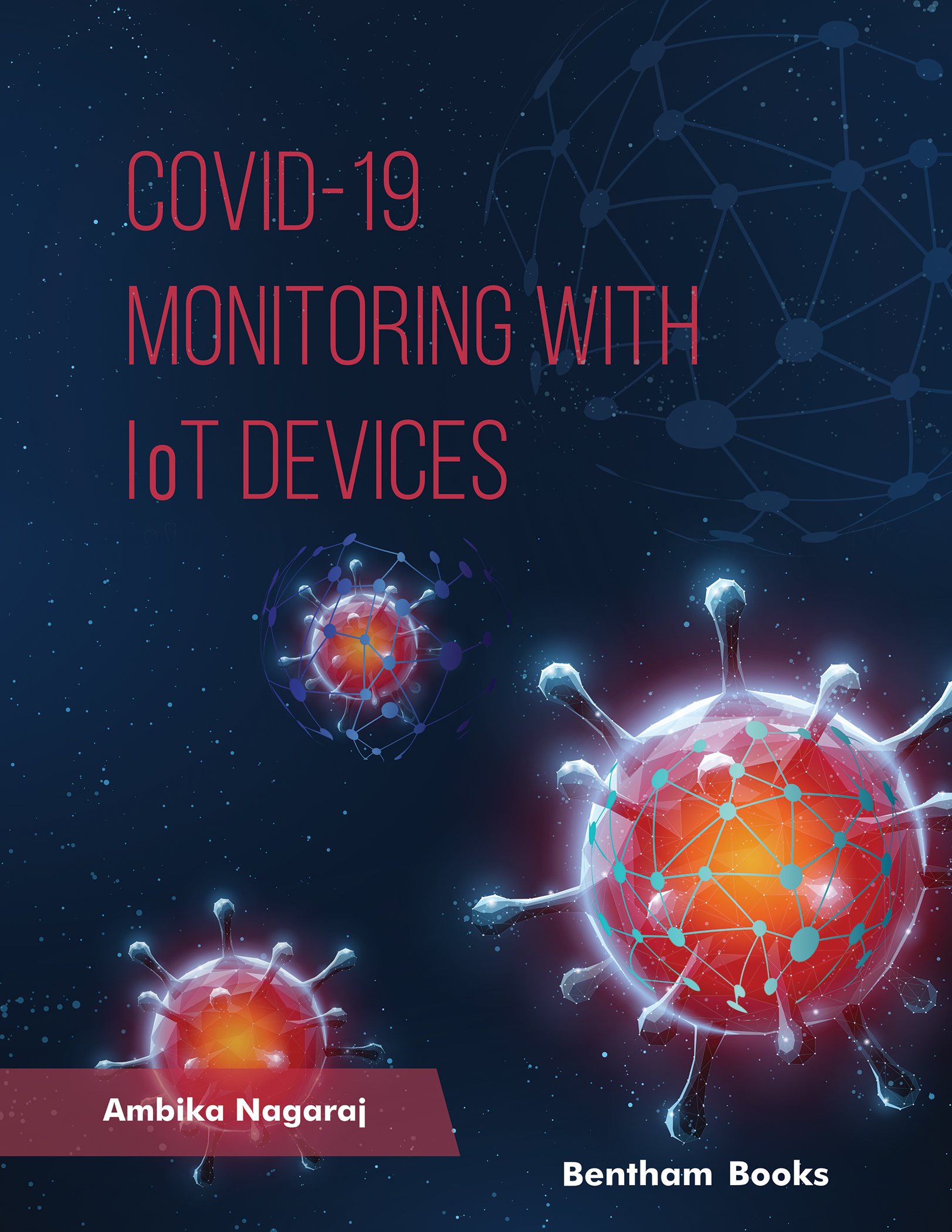
COVID 19 - Monitoring with IoT Devices
Nov 2023
Book
In the battle against the COVID-19 pandemic the integration of Internet of Things (IoT) technologies has played a pivotal role in reshaping public health and healthcare delivery. Interconnected devices have demonstrated their capacity to collect transmit and analyze data significantly impacting various aspects of pandemic management. COVID-19 Monitoring with IoT Devices is a comprehensive guide to measuring the impact of COVID-19 infection and mon Read More
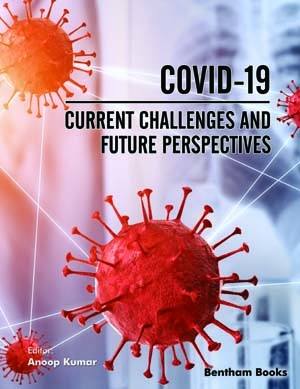
COVID-19 Current Challenges and Future Perspectives
Mar 2021
Book
Anoop Kumar
COVID-19: Current Challenges and Future Perspectives informs readers about the current status of knowledge on COVID-19 infection. The book begins by presenting basic information about the history epidemiology pathogenesis diagnosis treatment and preventive measures against COVID-19. The second part of the book contains information about the repurposing of drugs herbal medicines and immunotherapy against COVID-19 infections. Integrating b Read More
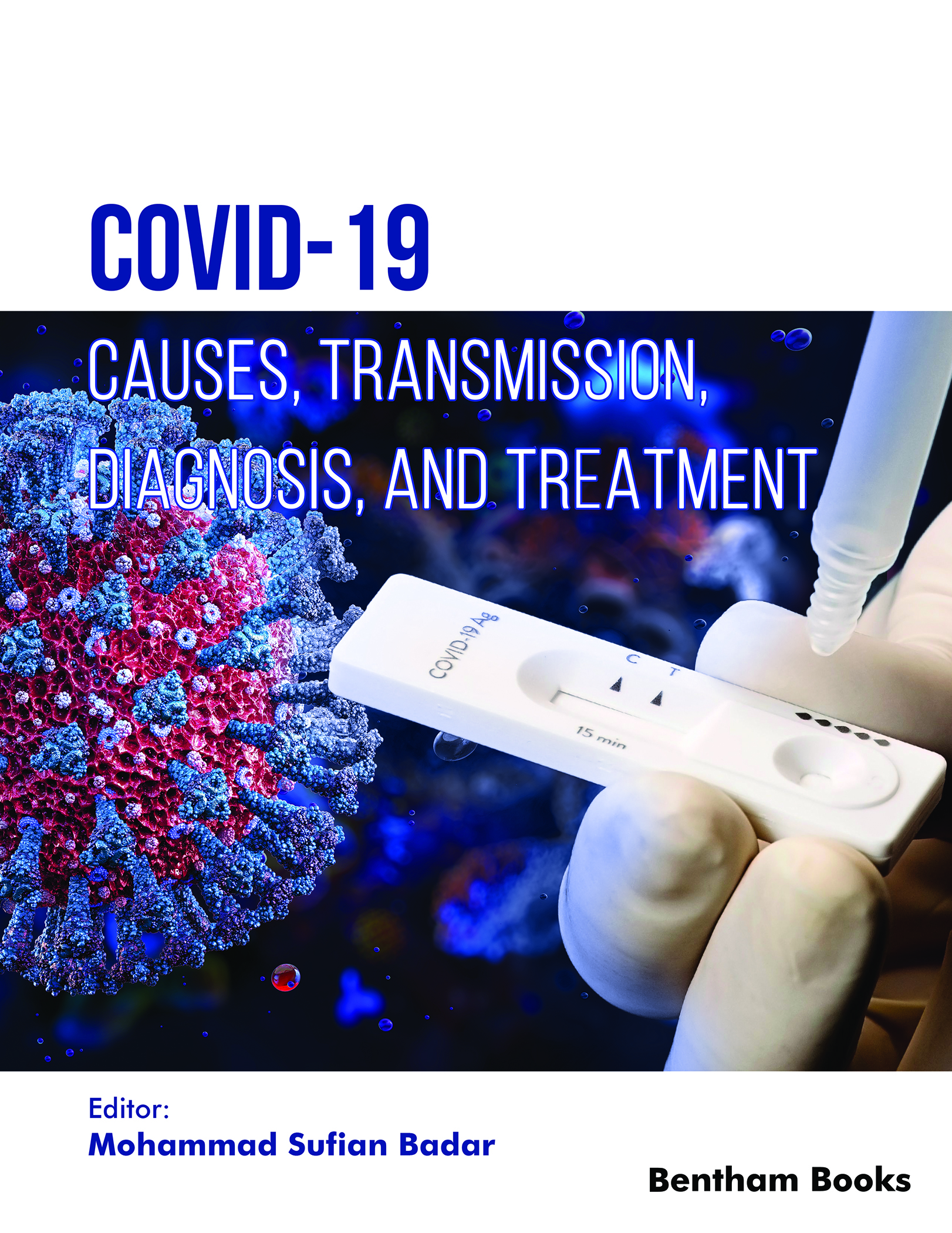
COVID-19: Causes, Transmission, Diagnosis, and Treatment
Nov 2024
Book
Mohammad Sufian Badar
COVID-19: Causes Transmission Diagnosis and Treatment is a simple guide to COVID-19 for all readers to give a thorough perspective about the disease. It comprehensively covers information about SARS-CoV-2 biology clinical treatment and associated problems. It starts with key introductory topics such as COVID-19 epidemiology and viral biology. Next it covers basic COVID-19 treatments and the impact of the disease in public health and economies. Read More

COVID-19: Epidemiology, Biochemistry, and Diagnostics
Sep 2021
Book
Kamal Niaz and
Muhammad Farrukh Nisar
COVID-19: Epidemiology Biochemistry and Diagnostics explains COVID-19 from multidisciplinary angles such as the evolution of SARS-COV genetic techniques to study the virus and diagnostic methodologies widely used in the global COVID-19 pandemic.The chapters in this book provide the reader with up-to-date literature about research on SARS-CoV-2 through three parts:I) Evolution and Entry of SARS-CoV-2 into the hostII) Genetic Alteration and Structura Read More
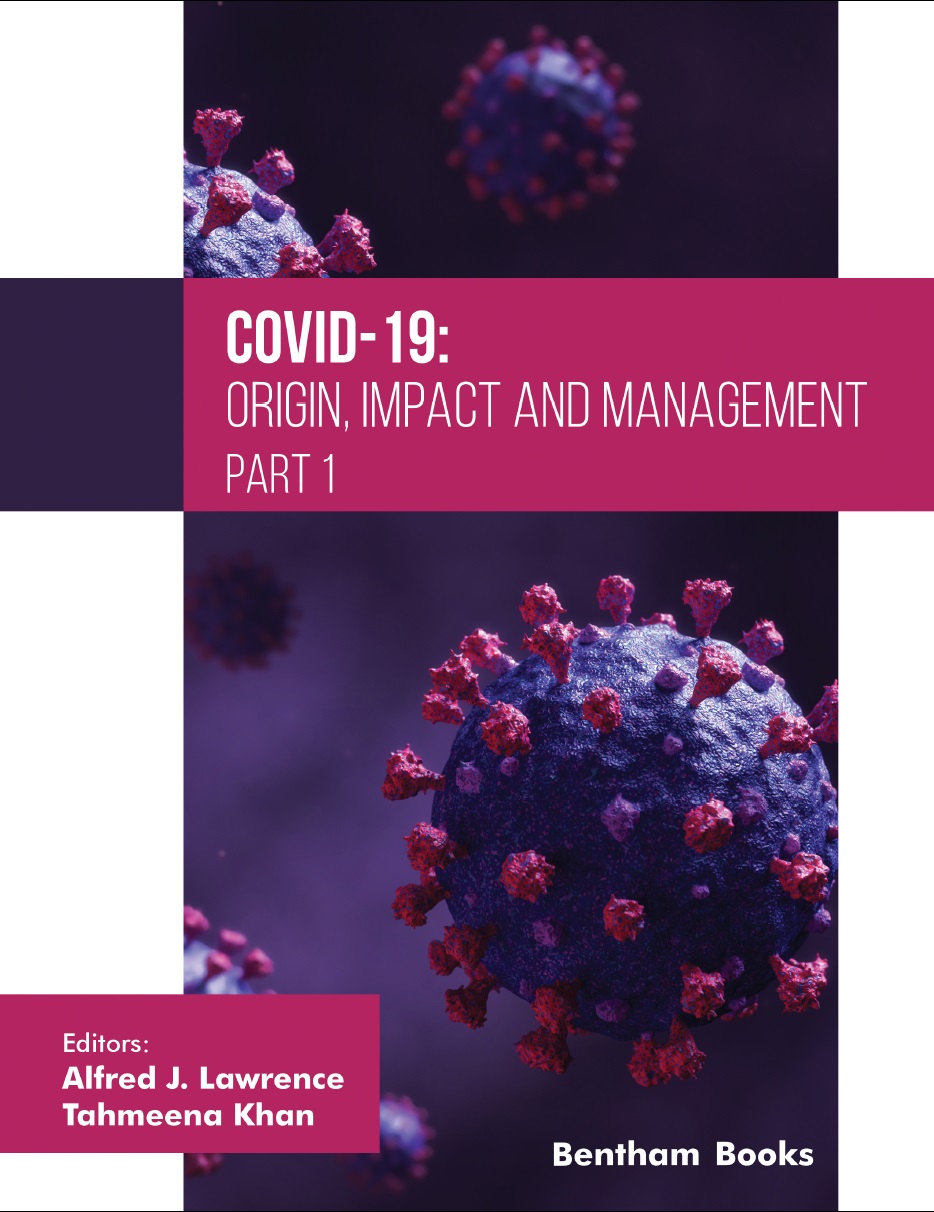
COVID-19: Origin, Impact and Management - (Part 1)
May 2023
Book
Alfred J. Lawrence and
Tahmeena Khan
COVID-19 has spread like wildfire across the globe since the start of the SARS-CoV-2 outbreak hampering quality of life at multiple levels and causing many deaths. Many aspects of the human experience have been affected with a body of research being published on its effects on psychological and physical well being loss of jobs pay cuts education and unpaid caregiving. New findings on these aspects are still emerging as we learn more about the consequ Read More
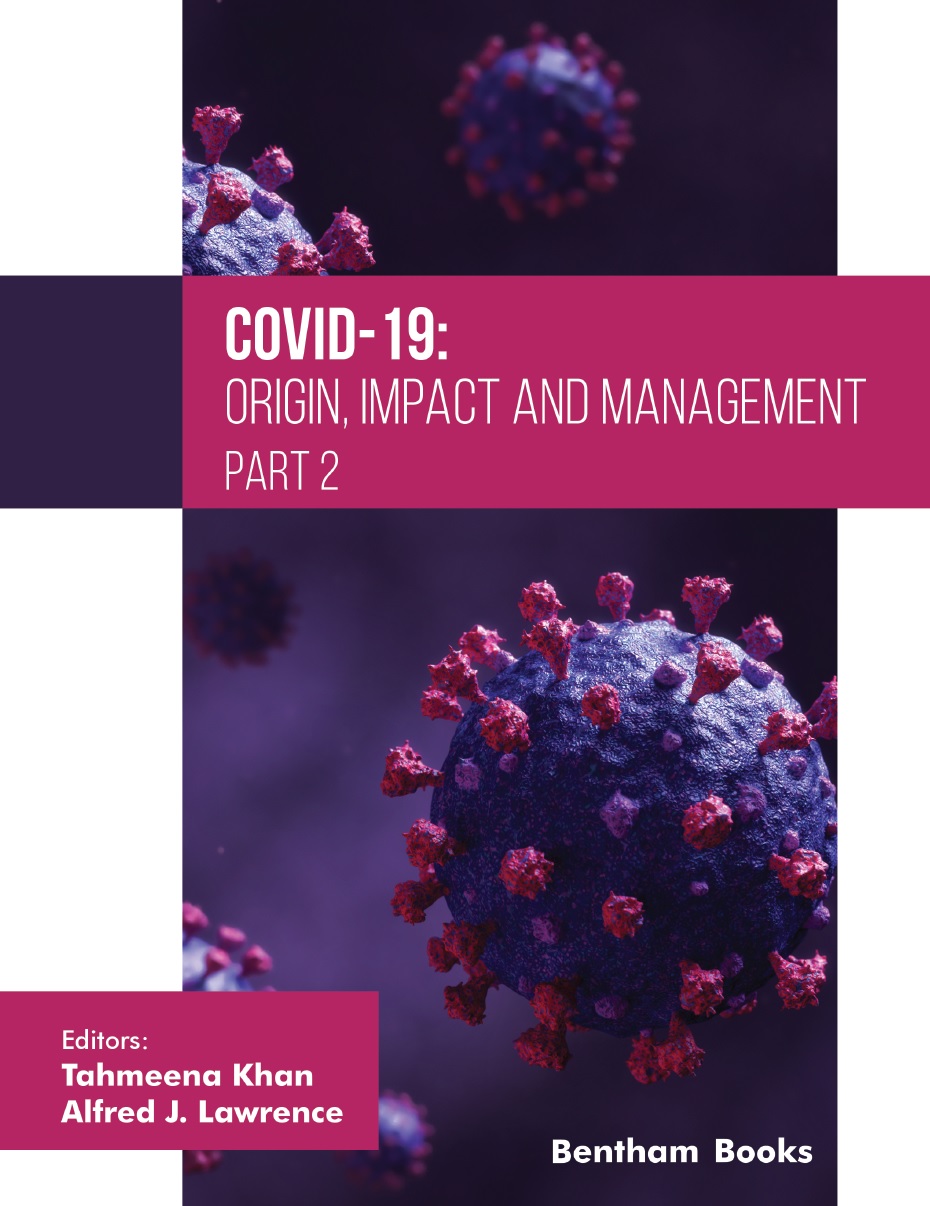
COVID-19: Origin, Impact and Management - (Part 2)
May 2023
Book
Tahmeena Khan and
Alfred J. Lawrence
COVID-19 has spread like wildfire across the globe since the start of the SARS-CoV-2 outbreak hampering quality of life at multiple levels and causing many deaths. Many aspects of the human experience have been affected with a body of research being published on its effects on psychological and physical well being loss of jobs pay cuts education and unpaid caregiving. New findings on these aspects are still emerging as we learn more about the consequ Read More

Calculus: The Logical Extension of Arithmetic
Dec 2016
Book
Understanding Calculus as a Logical Extension of Arithmetic re-examines the calculus paradigm by expanding the set of ‘indeterminate forms’ espoused by l’Hôpital 320 years ago. Starting from the 54 possible binary combinations of the foundational numbers (zero one and infinity) a replacement for the function theory formulated earlier by Newton and Leibniz is presented. A logical extension of the three concepts of differentiation integration and the Nape Read More
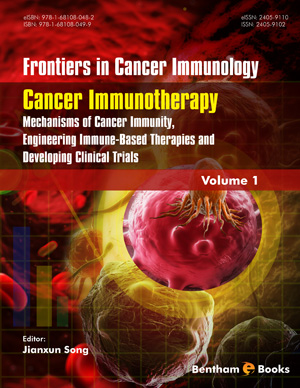
Cancer Immunotherapy: Mechanisms of Cancer Immunity, Engineering Immune- Based Therapies and Developing Clinical Trials
Apr 2015
Book
Jianxun Song
Clinicians patients and scientists alike have been battling cancer for over several decades; however patient outcomes have not significantly improved over the years with conventional therapies. In recent years this has caused researchers to look for a change in the status quo and the awareness of the human immune system which has an intrinsic mechanism to control microbial pathogens and dysfunctional self-tissues has triggered scientists to look for Read More
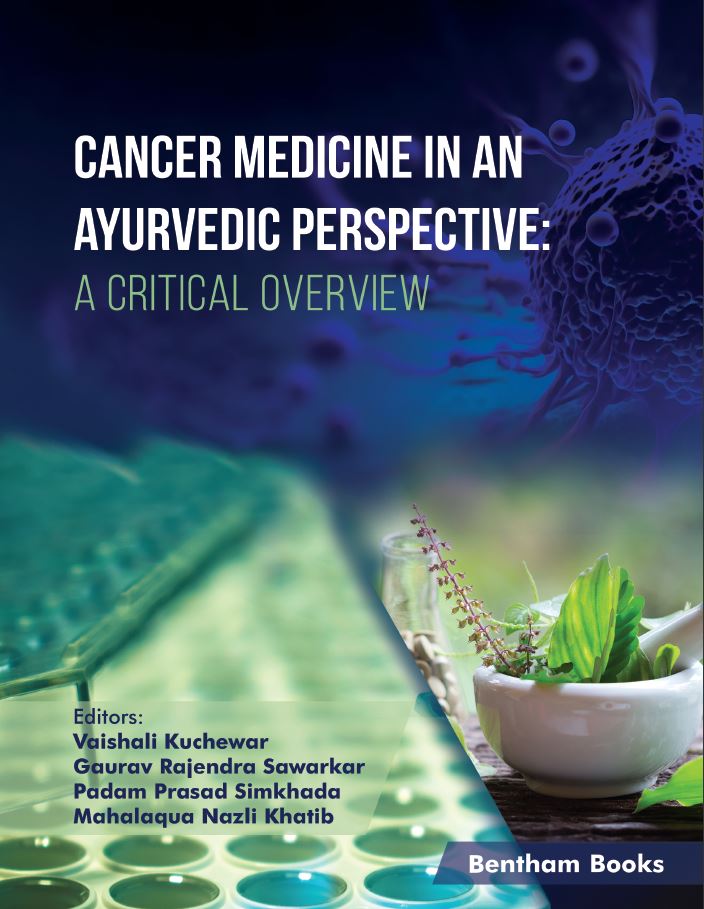
Cancer Medicine in an Ayurvedic Perspective: A Critical Overview
Jul 2023
Book
Vaishali Kuchewar,
Gaurav Rajendra Sawarkar,
Padam Prasad Simkhada and
Mahalaqua Nazli Khatib
Cancer Medicine in an Ayurvedic Perspective: A Critical Overview is a quick guide written to assist practitioners and Ayurveda academicians in understanding Ayurvedic views on cancer. This book is divided into nine chapters. It starts with a brief overview of cancer and epigenetics before delving into Ayurvedic approach to cancer etiopathogenesis prevention and therapy. Concepts such as prakriti Dincharya Rutucharya and Yoga are explained alongside c Read More
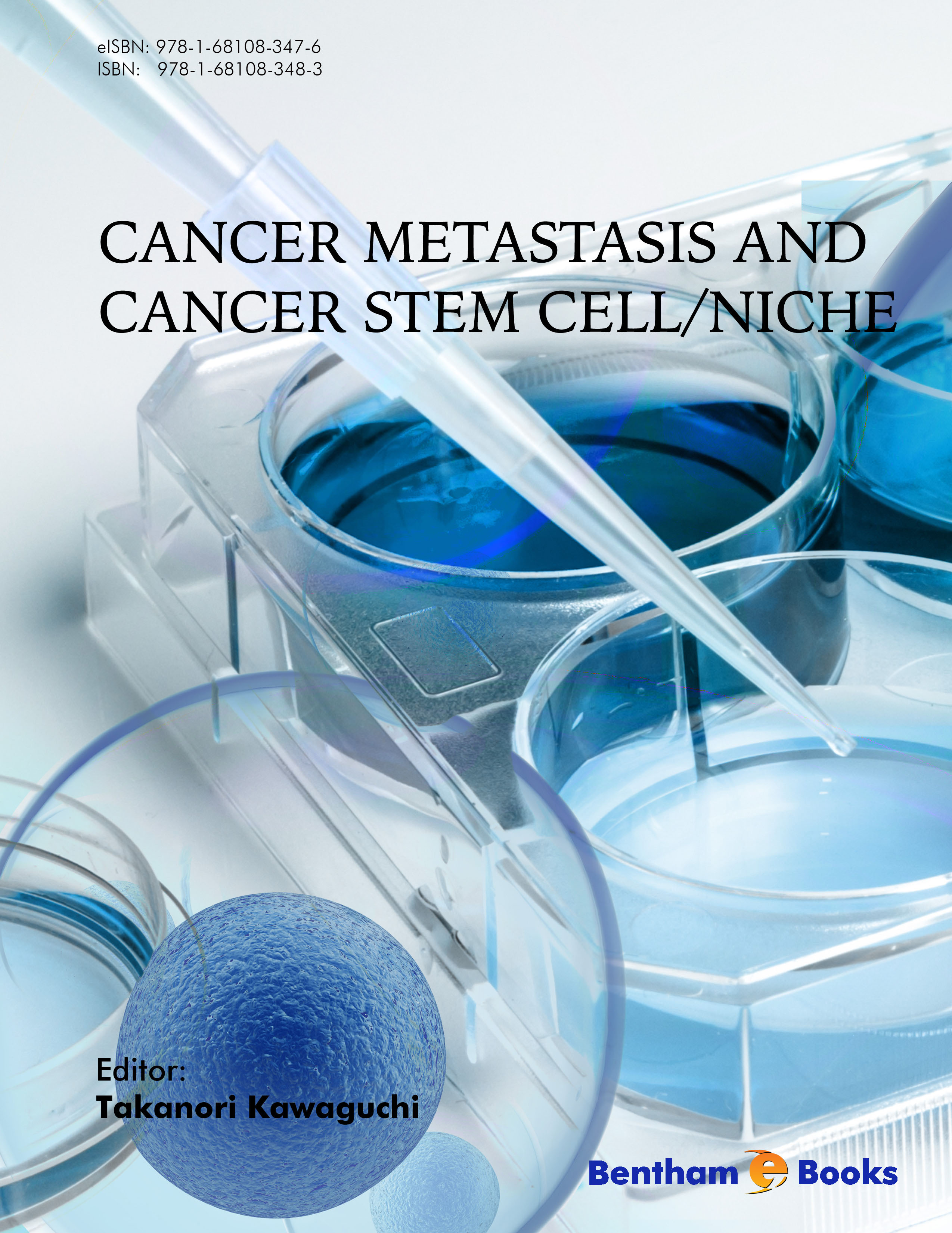
Cancer Metastasis and Cancer Stem Cell/Niche
Nov 2016
Book
Takanori Kawaguchi
A malignant tumor is an actively growing tissue composed of cells derived from a single cell line that has undergone irreversible differentiation. These cells are invasive and also metastasize in the body resulting in malignant cancer. Recent research suggests that a malignant tumor originates from cancer stem cells (CSC) accompanied with physiological niches.Cancer Metastasis and Stem Cell/Niche explains the invasiveness and metastasis of cancer cells Read More
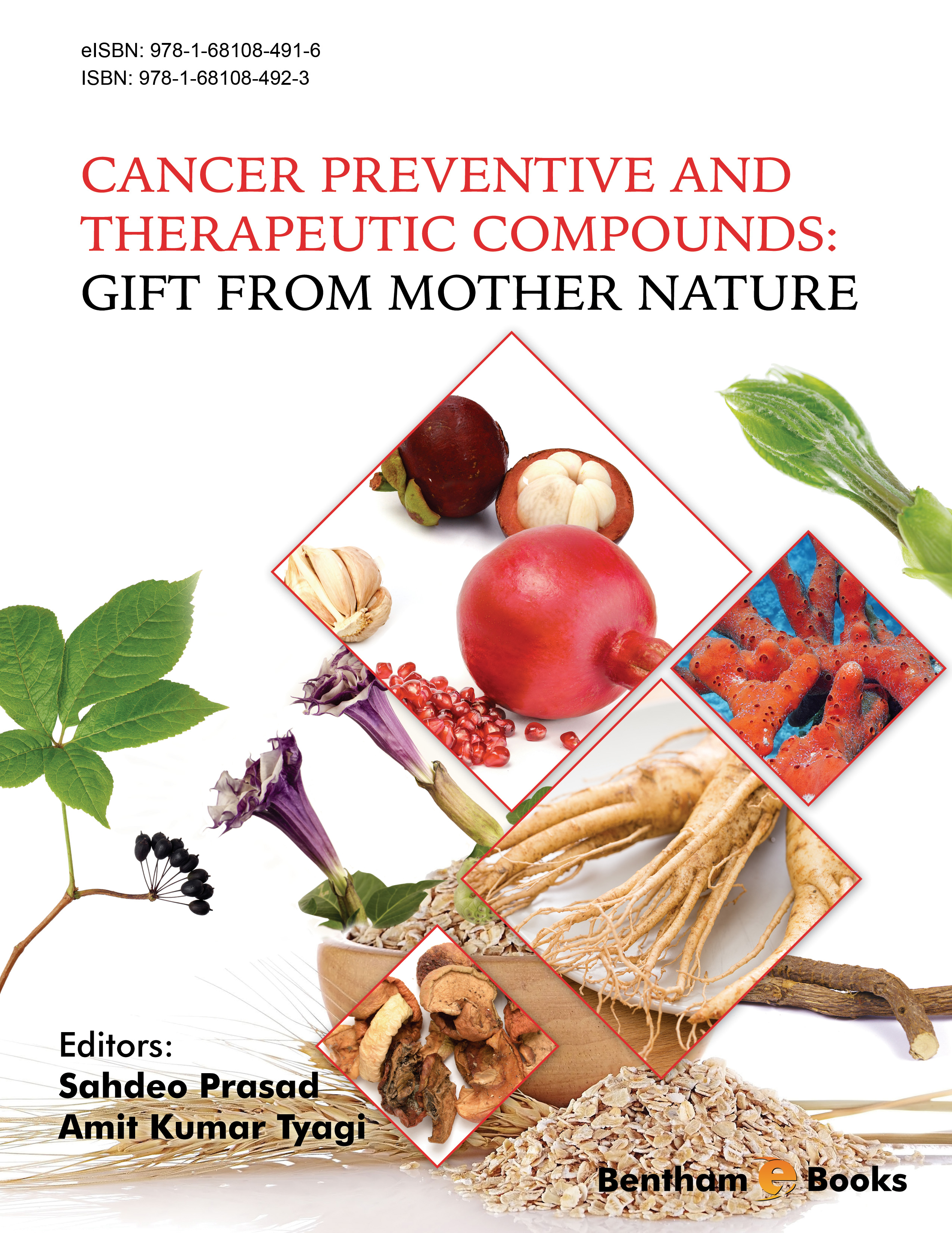
Cancer Preventive and Therapeutic Compounds: Gift From Mother Nature
May 2017
Book
Sahdeo Prasad and
Amit Kumar Tyagi
Cancer is a major cause of deaths all around the globe. Although numerous anticancer drugs are available most of them are expensive and have serious side effects. Natural compounds are usually non-toxic and inexpensive. Many such compounds have been identified and explored for their health benefits for centuries and several nutritional factors derived from natural products have attracted considerable attention as therapeutic agents for the preven Read More

Cancer Therapy
Sep 2019
Book
Ferid Murad,
Atta-ur-Rahman and
Ka Bian
Herbal Medicine: Back to the Future compiles expert reviews on the application of herbal medicines (including Ayurveda Chinese traditional medicines and alternative therapies) to treat different ailments. The book series demonstrates the use of sophisticated methods to understand traditional medicine while providing readers a glimpse into the future of herbal medicine.This volume presents reviews of traditional Chinese medicine and other plant based Read More
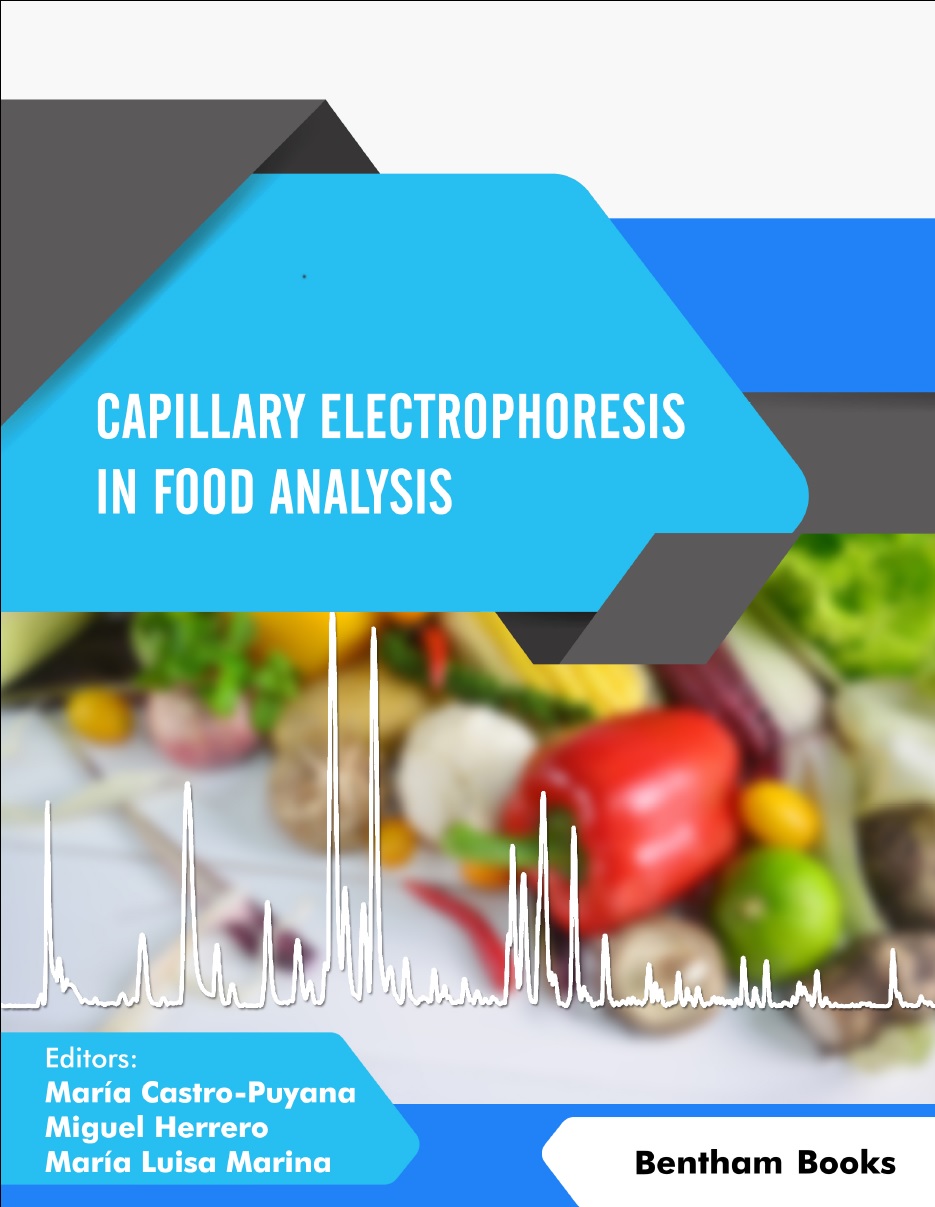
Capillary Electrophoresis in Food Analysis
Capillary Electrophoresis in Food Analysis: Volume 2
Jun 2022
Book
María Castro-Puyana,
Miguel Herrero and
María Luisa Marina
This reference describes recent advances and applications of capillary electrophoresis in the field of food science. The first two chapters are devoted to the fundamentals of capillary electrophoresis and to the main sample preparation techniques used for food analysis using this miniaturized separation technique respectively. These two introductory chapters are followed by several chapters focused on the different strategies for analyzing specific food com Read More

Capitalist Realism in Africa: Realities and Myths in Advertising
Jan 2015
Book
"Capitalist Realism" in Africa: Realities and Myths in Advertising is a multifaceted analysis of the role of advertising in the national development of Nigeria and by extension other African Nations. The book examines the unique political cultural and religious systems that create the context for advertising in African countries and describes the unique historical social economic communication and political context within which the practice of advertising takes pl Read More

Carbonaceous Quantum Dots: Synthesis And Applications
Aug 2023
Book
Kulvinder Singh and
Vineet Kumar
This reference is a comprehensive guide to carbon quantum/ dots (CQDs) for researchers. The book includes ten chapters that explain the synthesis of CQDs their chemical properties and their application in the field of nanotechnology. The content starts with a detailed introduction to CQDs followed by the synthesis chemical properties and characterization of quantum dots. Subsequent chapters cover CQD application in the fabrication of biomedical Read More
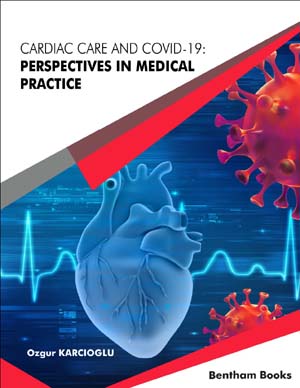
Cardiac Care and COVID-19: Perspectives in Medical Practice
Aug 2021
Book
Cardiac Care and COVID-19: Perspectives in Medical Practice is an accessible reference on diagnoses and treatment modalities for cardiac diseases in general and emergency cardiac conditions to be more specific with respect to the current COVID-19 pandemic. Chapters in the book give updated descriptions of common problems in emergency medicine and cardiovascular disease. Each chapter is dedicated to a specific cardiovascular dise Read More

Cardiovascular Diseases
Oct 2017
Book
Ferid Murad,
Atta-ur-Rahman and
Ka Bian
Herbal Medicine: Back to the Future compiles expert reviews on the application of herbal medicines (including Ayurveda Chinese traditional medicines and alternative therapies) to treat different ailments. The book series demonstrates the use of sophisticated methods to understand traditional medicine while providing readers a glimpse into the future of herbal medicine.This volume presents reviews of traditional Chinese medicine and other nutritional t Read More
No more items...

